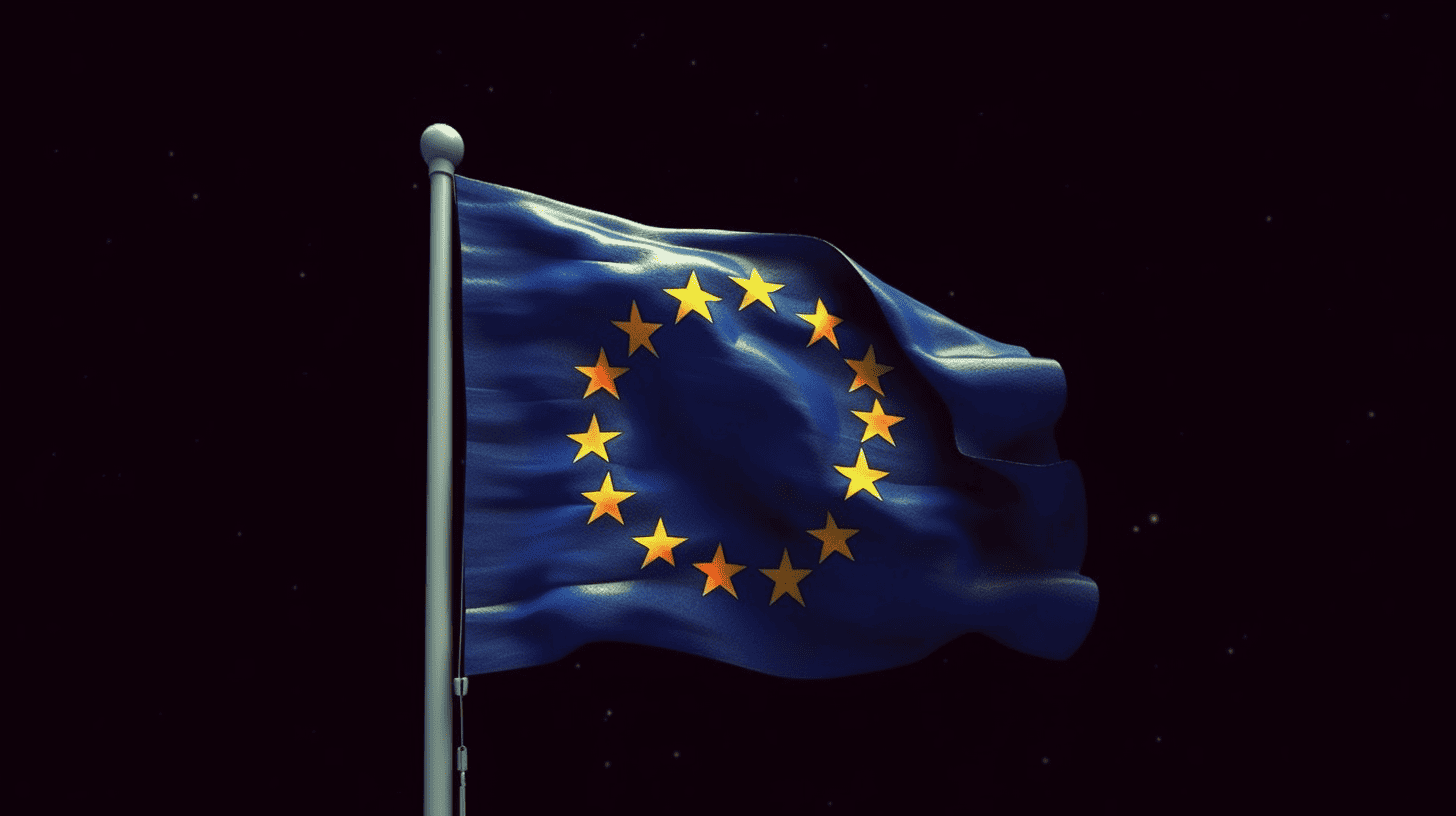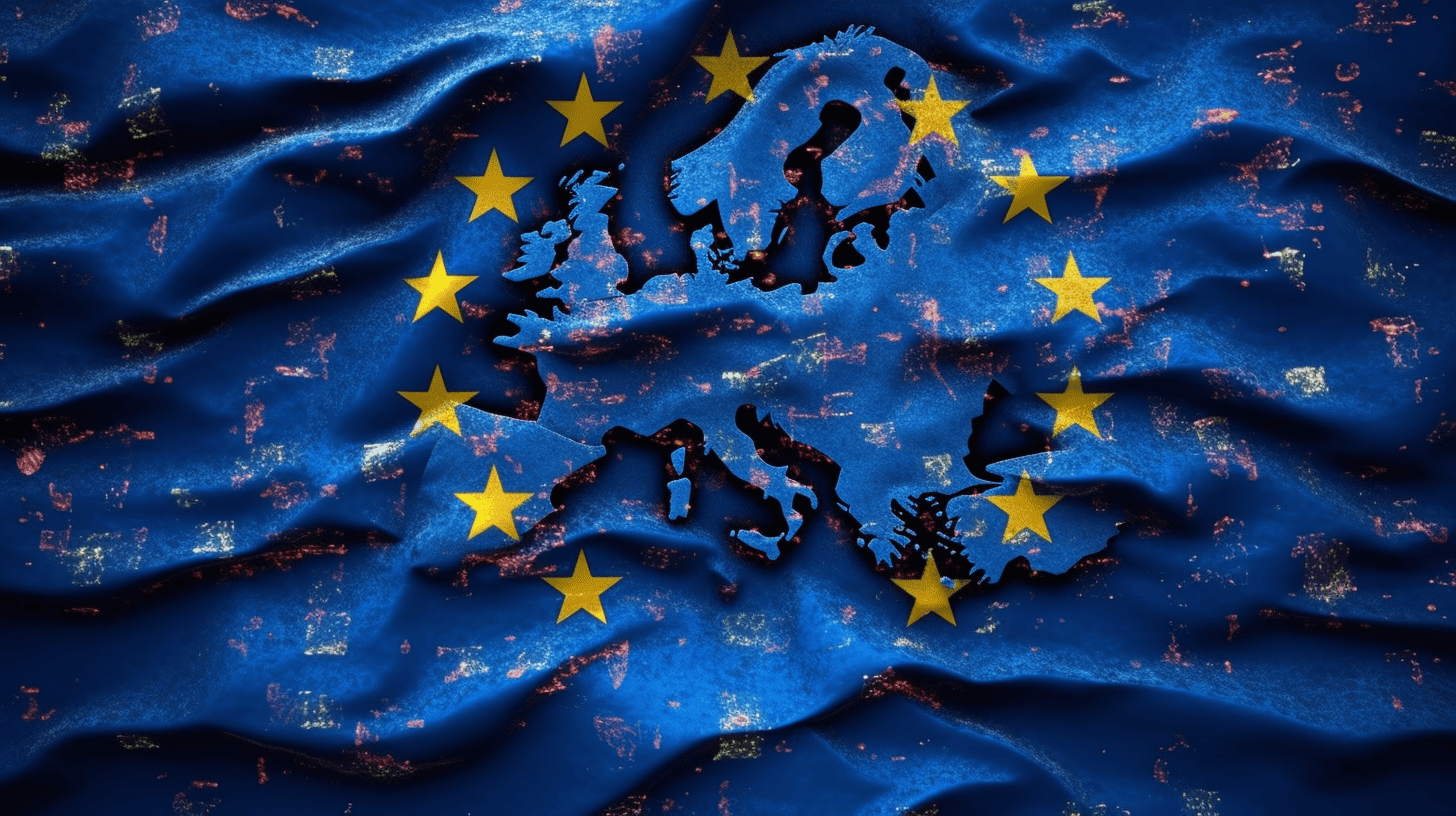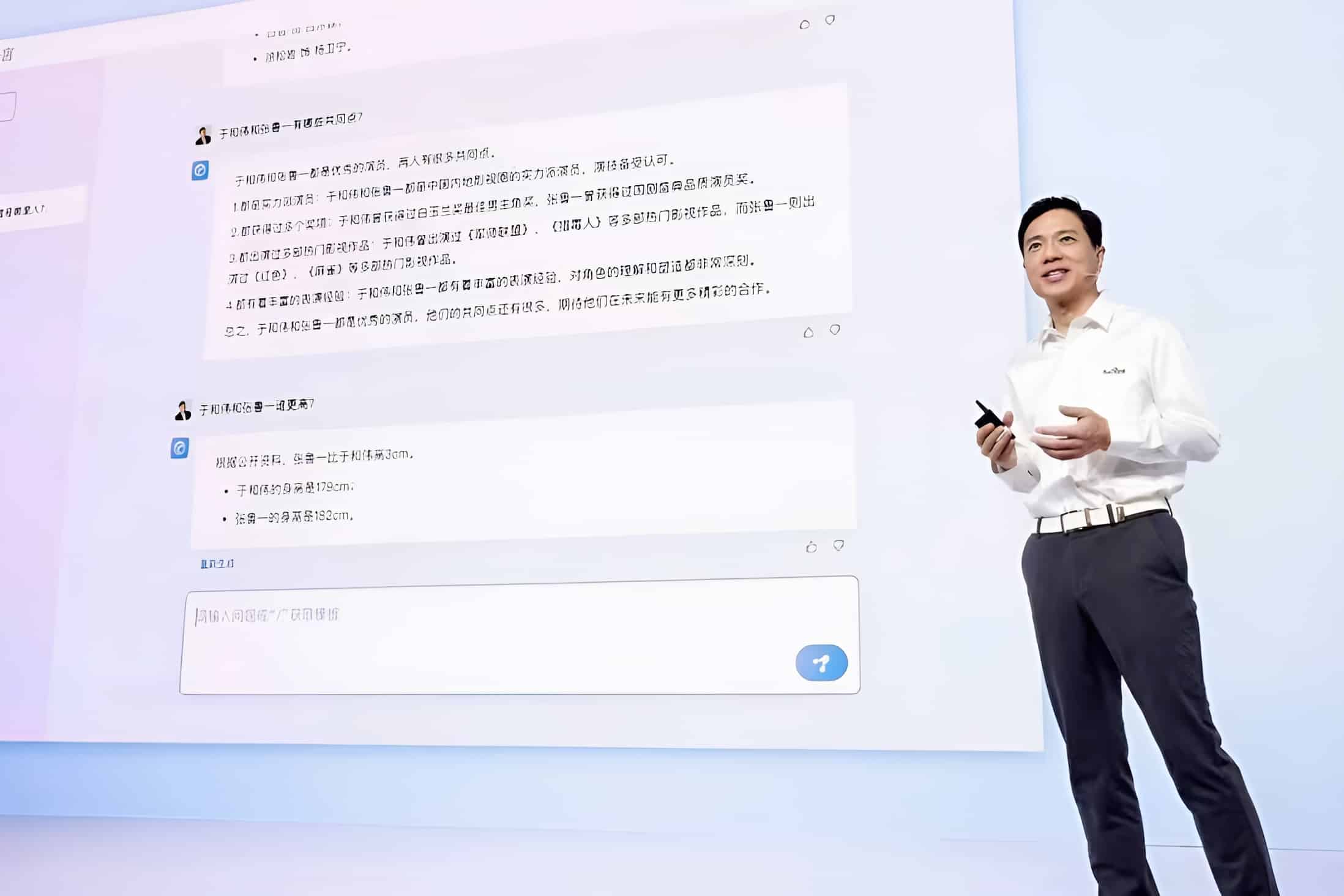
Artificial intelligence (AI) is widely acknowledged as one of the most disruptive technologies currently in development. Despite the existence of a European AI strategy formulated in 2018, the primary focus of recent news concerning AI from Europe revolves around regulations rather than technological advancements.
In just six months since the launch of ChatGPT, the AI landscape has experienced a significant transformation. The newfound accessibility of AI for non-technical individuals has altered how we perceive this technology, leading to a surge in novel AI applications. From robotic journalism to updating your CV, AI’s capabilities seem to know no bounds.

The epicenter of this rapid progress is undoubtedly the United States, where major tech companies are vying for AI supremacy. Meanwhile, China is not far behind with Baidu’s Ernie bot.
However, amidst this whirlwind of developments, the European Union (EU) is conspicuously absent. There is no European AI leader, and the continent finds itself in a defensive position, attempting to apply the brakes in a world advancing at breakneck speed.
The European AI landscape
Although Europe may not be at the forefront of AI development, innovation is not entirely lacking. However, it is important to note that many of the prominent AI projects, Bard and ChatGPT, originated in the United States.
Some models, like Meta’s LLaMA, a research tool intended to democratize access in the AI language model domain, are open source. While LLaMA is not directly comparable to ChatGPT or Bard, it paves the way for potential AI advancements in Europe. Start-ups can leverage these models to launch their own AI services. However, the momentum is not there yet.

Despite the EU’s lofty aspirations for digital transformation and AI adoption across various countries, AI innovation appears to lag. In 2021, a mere 28% of large EU firms employed AI, and only 8% of all firms did so.
Regulations and funding challenges
Europe’s regulatory landscape poses additional hurdles for AI development. The EU’s Digital Decade policy program has earmarked €127 billion of the €490 billion post-pandemic Recovery and Resilience Facility for digital transformation, to have 75% of firms utilize cloud computing, AI, or big data, by 2030. Nevertheless, these ambitious objectives may not be achieved due to the small percentage of GDP allocated (less than 1%) and the necessity for prioritized national-level strategies, incentives for small and medium-sized enterprises, and considerable investment in training.
The EU appears to lack companies capable of leading AI development. Consumer-focused digital services have been a weak area for Europe since the internet became popular in the late ’90s. This is partly attributable to the risk-averse nature of European investors, who typically seek proof of concept before committing funds. In contrast, the US fosters a ‘can we do this’ mentality, with the ‘should we’ question arising later.

Upcoming EU regulations on AI may impose further limitations on its use. The General Data Protection Regulation (GDPR) ensures EU users have the right to access, rectification, erasure, restriction of processing, data portability, objection, and right to reject automated decision-making. Companies face penalties if AI training data hinders EU users from exercising these rights. OpenAI’s ChatGPT and Google’s Bard have encountered difficulties meeting GDPR requirements, resulting in temporary bans and exclusions from the EU market.
AI competition and collaborations
Despite the hurdles, European companies can still capitalize on the advancements made by international AI leaders. As the AI market grows, a collaboration between European companies and global AI leaders could be a viable strategy for staying competitive. By leveraging the innovations and developments of established AI powerhouses, European firms can adopt and adapt AI technologies to cater to regional needs and language diversity. However, this strategy increases dependence on large US tech firms.







